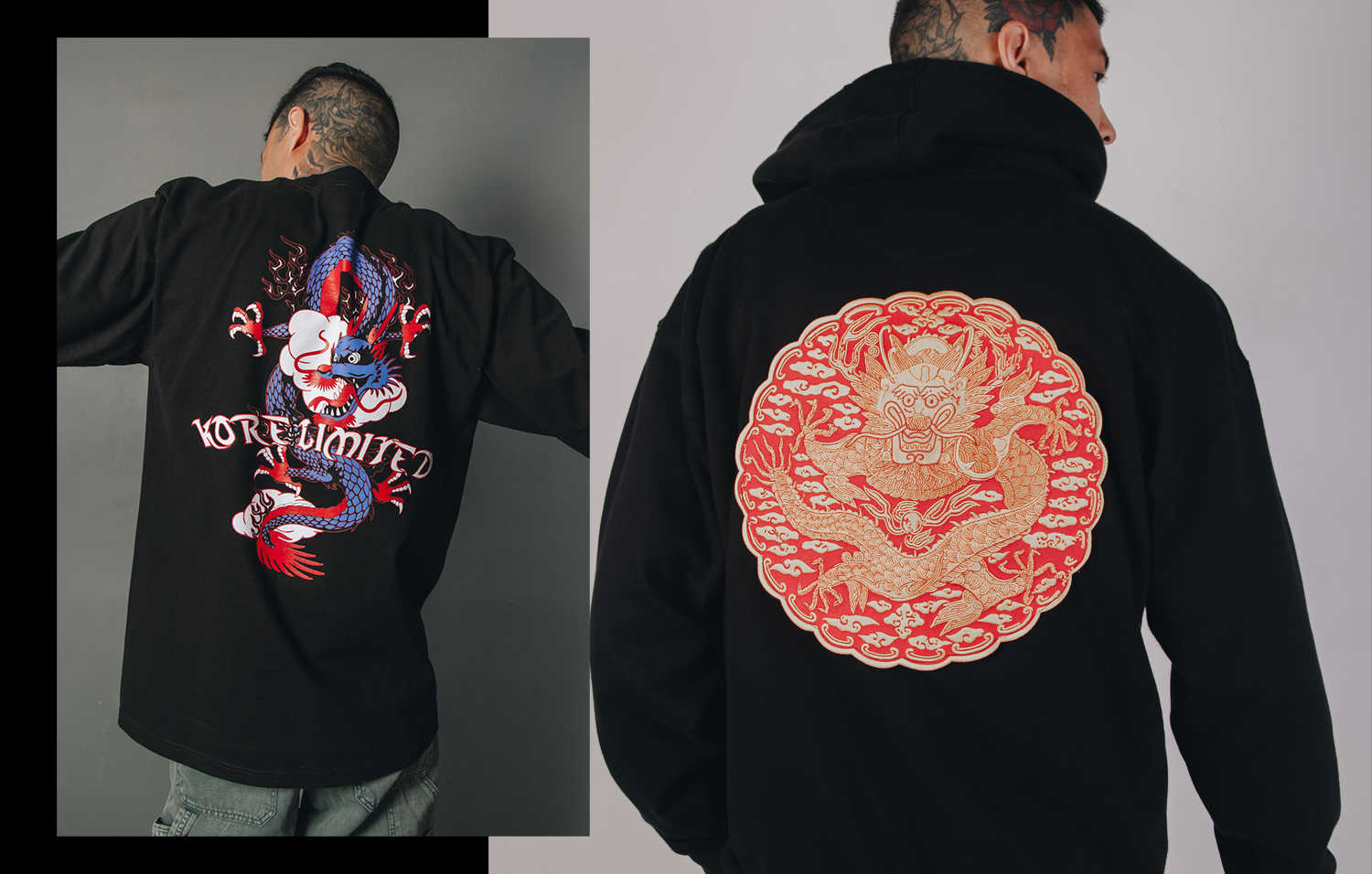Think about a dragon. What comes to mind? Huge, winged beasts that rain down fireballs from up above on a helpless village (just like The Hobbit). Or the arch nemesis of a lone knight who is rescuing a princess from a tower. Whatever we wish to imagine, it is obvious that dragons evoke bad omens and evil. But this destructive characteristic of dragons is often found in western lore while its Eastern cousin, the Korean dragon, is quite different.

Korean dragons are omnipotent beings that embody rich and positive symbolism such as wisdom, serenity, and justice. Aspects of these dragons can be found on all strata of Korea’s social sphere. For example, kings would use dragons to symbolize their power while substantiating their ability to be fair and just rulers. For the common people, the dragon was also the god of rain and good fortune.
Part of the reason why the dragons embody such positive traits has to do with their origins. Korean Dragons originally start out as gigantic land serpents, otherwise known as ‘Imugi’, who then transform into true dragons, or ‘Yong’. Such transformation only comes from time and patience (both noble virtues) as being the guardian of Korean culture.
 Some of the most striking physical differences from western dragons are that Korean dragons do not have any wings and sport long beards -- attesting to their wisdom and knowledge. They also dawn a variety of colors - green, blue, gold, or red - and can sometimes be seen next to a river, mountain, waterfalls, or the sky. They typically take on a wavy or circular form, which represents the intricacy of life’s many obstacles and high points. Most importantly, these dragons are often depicted carrying an orb in their claws, or mouth, called a ‘yeouiju’ representing authority over creation and divine will.
Some of the most striking physical differences from western dragons are that Korean dragons do not have any wings and sport long beards -- attesting to their wisdom and knowledge. They also dawn a variety of colors - green, blue, gold, or red - and can sometimes be seen next to a river, mountain, waterfalls, or the sky. They typically take on a wavy or circular form, which represents the intricacy of life’s many obstacles and high points. Most importantly, these dragons are often depicted carrying an orb in their claws, or mouth, called a ‘yeouiju’ representing authority over creation and divine will.

Aside from being the spiritual gods of Korean culture, the dragon is the only animal on the eastern zodiac that is nonexistent: the other eleven being dog, tiger, rabbit, mouse, ox, rooster, monkey, pig, horse, snake, and sheep. The Korean dragon also displays nine different animal traits that represent a holistic symbol of the Asianic animal kingdom. It embodies luck by having a nose of a pig; the abundance of the rabbit by sharing its eyes; the giving nature of a cow by having its ears; the elegance of a deer's antlers as its horns; the sturdy forehead of the camel; the long and adapting body of the snake; fertility with the scale patterns of a carp; the long claws of a hawk; and the power of a tiger’s fists. These all-encompassing qualities are unique to the Korean dragon. Check out the KORELIMITED dragon and Royal Hanbok releases, which showcase the Korean dragon.




6 comments
Interesting!
Leave a comment